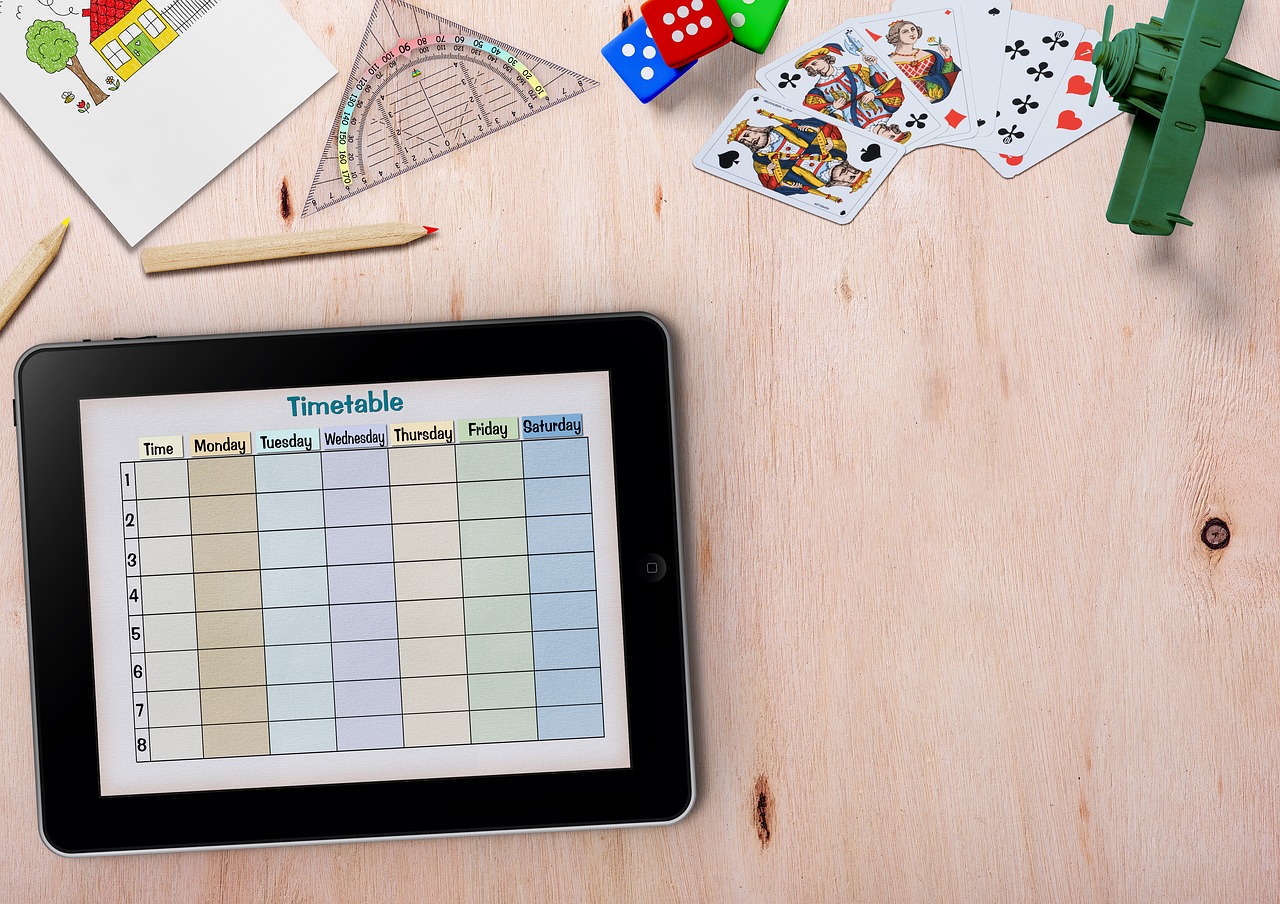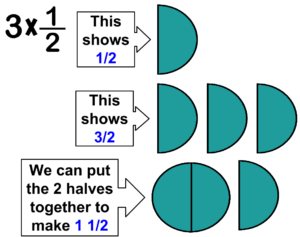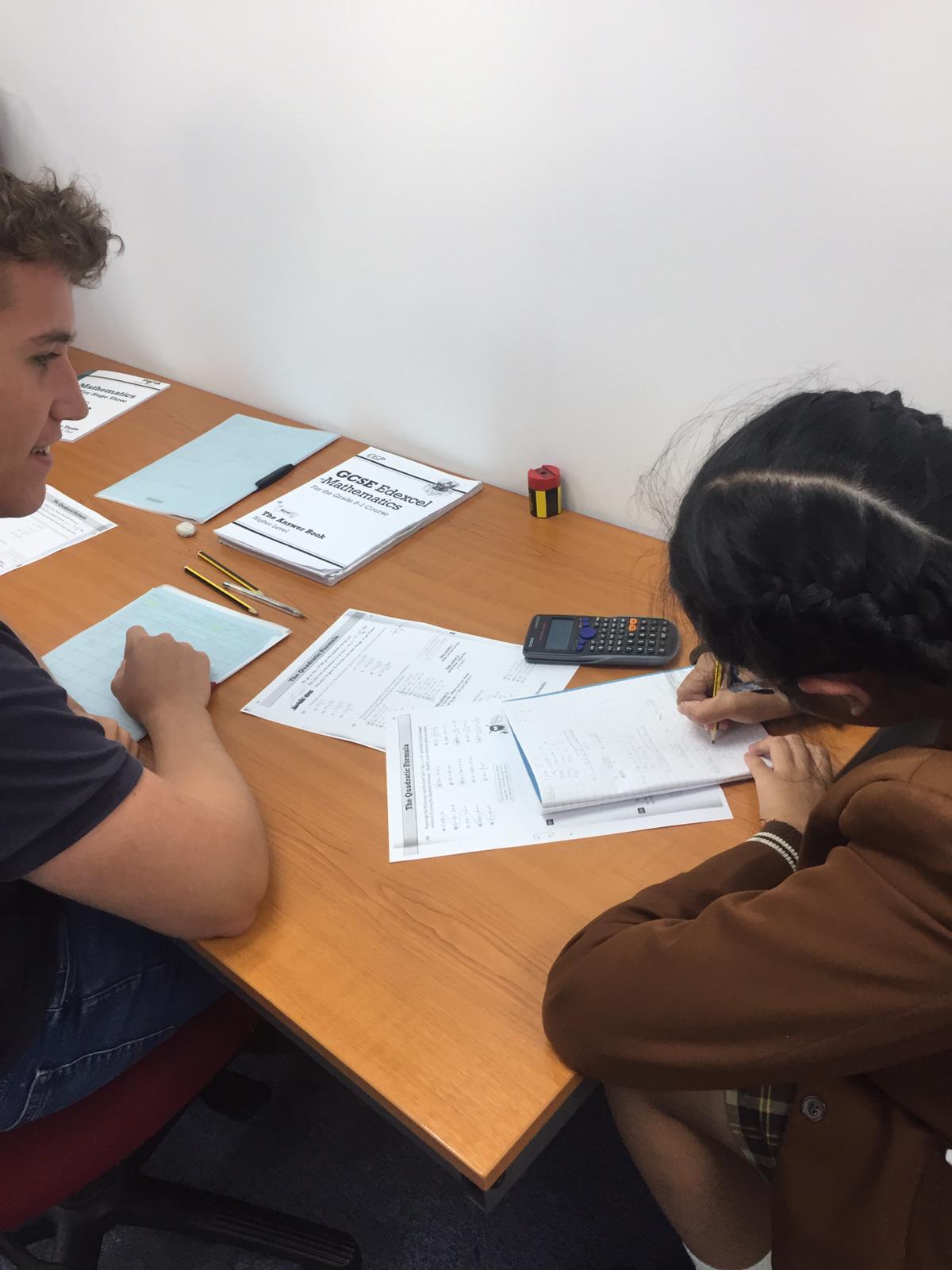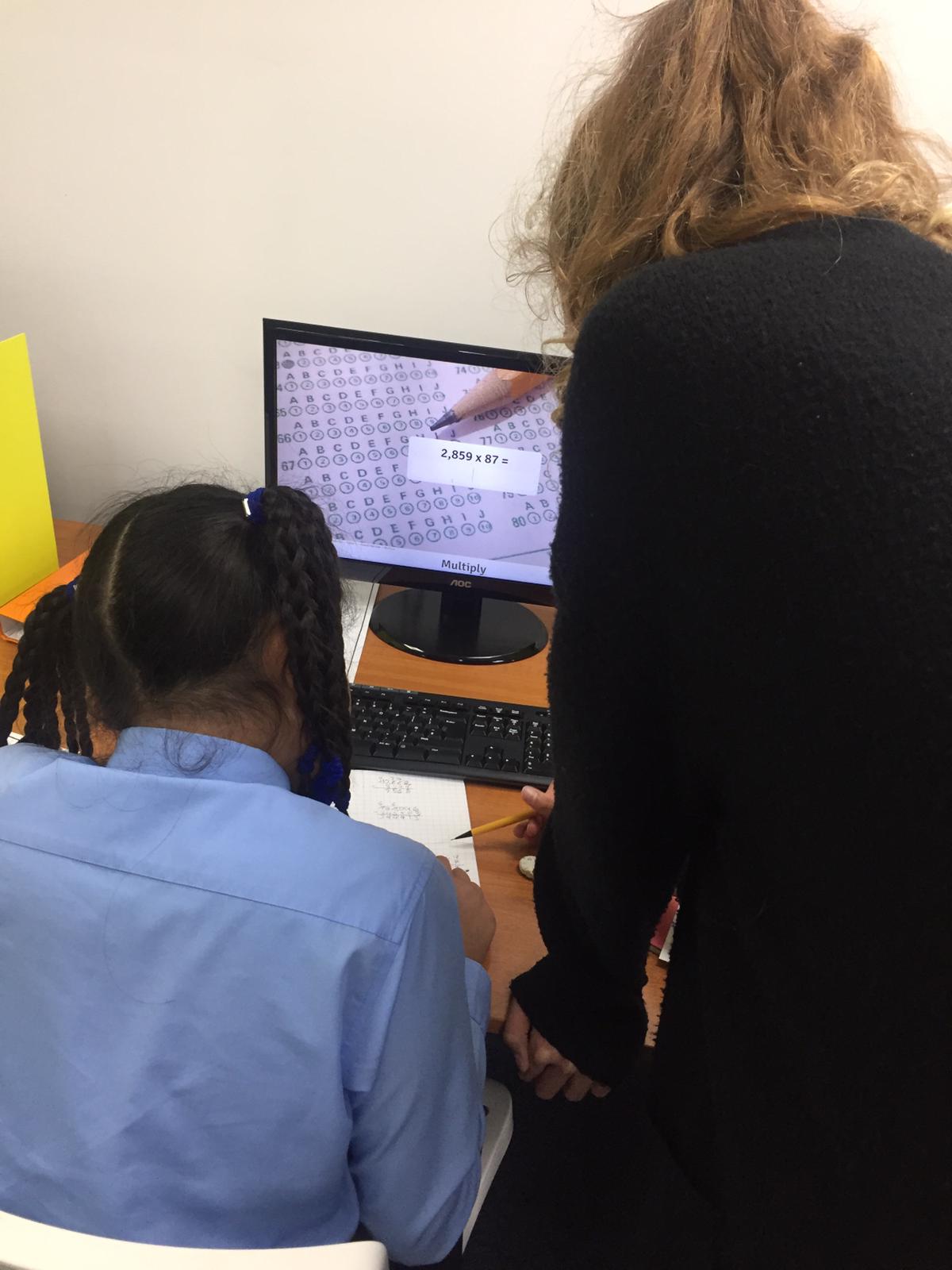Category Archives for "Blog"
Posts that have edge-case related tests
Posts that have edge-case related tests


Here’s how to make multiplying fractions easy:
When multiplying fractions, the numerators (number at the top) must be multiplied by each other. And the denominators (number at the bottom) must be multiplied by each other.
Multiplying fractions can be made easier by drawing out the values. This makes the values visible and clearer to be able to multiply.

Take for example:
1/2 x 1/3
The first step is to multiple the numerators (number at the bottom) by each other.
So:
1 x 1 = 1
The second step is to multiply the denominators (number at the bottom) by each other.
So:
2 x 3 = 6
Put the numerator over the denominator and the final fraction is:
1/6
The final step is to simplify the fraction. In this case, 1/6 can’t be simplified, so it remains as 1/6.


There are many games and activities to improve muscle memory, association and visualisation.
These will help children to actively engage whilst improving their memory.

It is one thing for a parent to encourage their child to read for pleasure, but it is important to teach them to appreciate it.
Here’s how:
Talk to your child about what they enjoy reading and writing about.
From this, you can try and gauge which genre they will be into.
There are so many children’s literature genres: fantasy, science fictions, mystery, non-fiction, fiction, traditional literature…
Once you establish the genre they are into, you can choose books together for your child to start reading.
Choosing a book too challenging may be off-putting for children who are starting to get into reading.
This is why it is vital to assess where your child is at before choosing what book they should read.
This includes the vocabulary used, the font size of the text and the length of the book.
Encourage reading to be an enjoyable part of your child’s routine. This can be done by setting a time every day for relaxing with a book.
This puts reading in a positive light, as it becomes a hobby or fun past-time.
If they are finding what they are reading easy, encourage them to progress to more stimulating books. This could be books with more challenging themes or more pages.
You can ask your child if there are any new words they have come across. They can make a list of these words and you can encourage them to use these in a sentence. This will expand their vocabulary.

Equivalent fractions are fractions with different numerators (the number at the top) and denominators (the number at the bottom), but they represent the same values.

So, equivalent fractions are fractions which look different from each other but they are the exact same value.
So:
2 x 2 = 4
3 x 2 = 6
This would become 4/6.
Teaching your child equivalent fractions at home is simple once you break it down.
Knowing that the fractions are the same value, but written differently is the most important rule.
Once this has been taught, then you can provide examples and explain why they are the same values.

There are many ways to support your child’s education from home, from setting a routine, to assisting with schoolwork.
Reading for pleasure with your child is beneficial for a number of reasons. It can expand their vocabulary, help pronunciation and boost creativity. If your child doesn’t need assistance with reading, try encouraging them to read a book for fun.
Take time to go through what your child is currently learning at school together. This can help them understand the material better and memorise it by going over it again. You can ask your child if they are finding anything challenging. You can also encourage them in the areas they are good at.
Activities like cooking and baking with your children will teach them valuable life skills, as well as being a fun activity to do together. There are plenty of useful activities that you can do together, like gardening, even household chores like tidying and hoovering.
Take the time to introduce new hobbies and help your child to find something that excites them. This can also be a nice activity that gives them a break from television, smartphones and tablets. Try asking them what they enjoy, whether they like drawing, sports or cooking, the options are endless!
There are many educational games you can play at home with your child, for example, like sudoku and crosswords, which you can find printouts of online! There’s also scrabble, which is good for helping with spelling and vocabulary. You can also make up your own word and number games to play.

As a parent, you can encourage your child to maintain a positive mindset. You are your child’s role model in life, and taking time to listen and point them in the right direction will help them to have an optimistic approach.
By highlighting their accomplishments, it will encourage them to keep up the good work. Give credit where credit is due., it will go a long way!
Instead of providing negative comments or feedback, try to turn it into something they can learn from. So, rather than criticising, why not say what they could have done better in that situation? This way, it is easier to learn from it and constantly improve.
Ask your child what went well with their day, and if there was anything that didn’t go too well. Encouraging your child to speak about what’s on their mind will help them to get anything off of their chest.
Help your child recognise what makes them unique and special. Encourage them that this is a positive trait and to embrace it. This will improve their self-esteem and self-awareness, making them able to see their strengths and skills.
If there’s any issues or problems that your child is facing, encourage them to think about how to resolve it. This will avoid stressing about the problem and working out a solution. Being rational is a way of overcoming negatives and working out how to fix them.
A positive mindset will compliment your child’s learning, providing an optimistic approach and a can-do attitude.

But as a parent, how can you help your child to set and reach their goals?
Following these 3 steps to helping your child set and reach goals will provide a structure for completing tasks.
It will also make the end goal less daunting by breaking down the process.

As a parent, it is important to use positive discipline to ensure your child thrives in their education and in life.
Using 6 Disciplinary Elements for your child’s education will provide a structure and compliment their learning.
Following 6 simple steps will make sure that your child works effectively and productively:
Observe the way your child learns and assist with their learning.
Respect is mutual and it goes a long way. listen to their needs and help them whenever possible.
Establishing the right amount of discipline is important. It’s all about the balance between not being overly strict and not being too lenient.
Effective communication is key for a good relationship with your child. Try asking what subjects they are enjoying, how their day was or if they need help with anything.
Reward your child when it is necessary. This will encourage them to keep up the good behaviour!
Goal setting is a good way to focus on what needs to be achieved. Perhaps offer an incentive when the goal is achieved.
Implementing these strategies will complement your child’s work ethic, whilst providing a structure to their life.

It is beneficial for a number of reasons, including keeping calm, remaining positive and organising thoughts. Implementing this technique with children will be beneficial for their education and learning.
Mindfulness is a useful technique which has a number of benefits. It is a way of controlling and regulating thoughts, boosting positivity and self-reflection.
Encouraging children to practice mindfulness will benefit their education, so why not try implementing our 3 ways for your child to practice mindfulness.
It is a way of relieving stress and remaining positive during those stressful exams and assignments.
It is also important as a parent to practice mindfulness. If you demonstrate being mindful, your child will most likely learn from the parent’s behaviour.